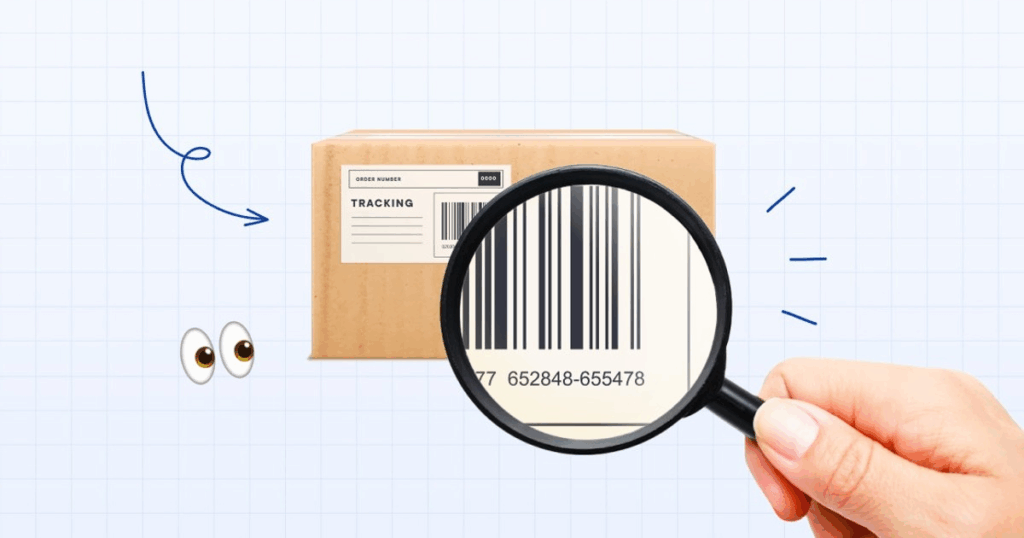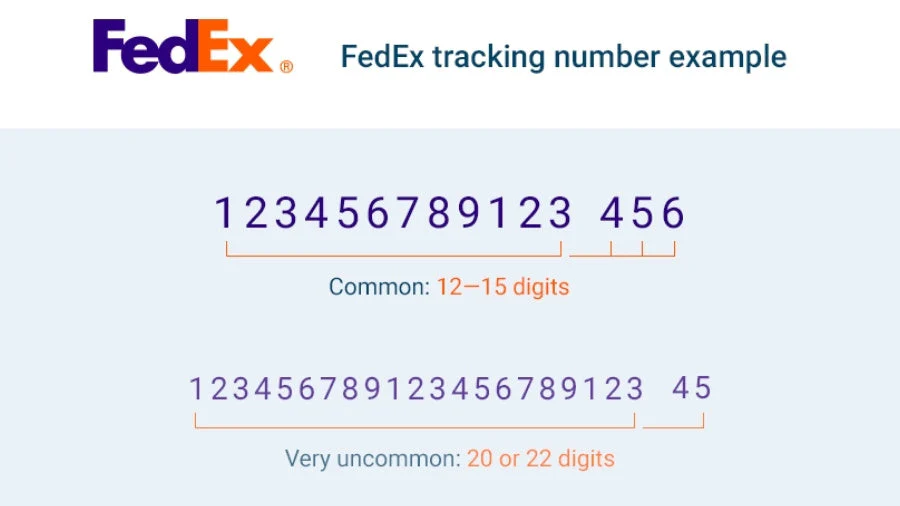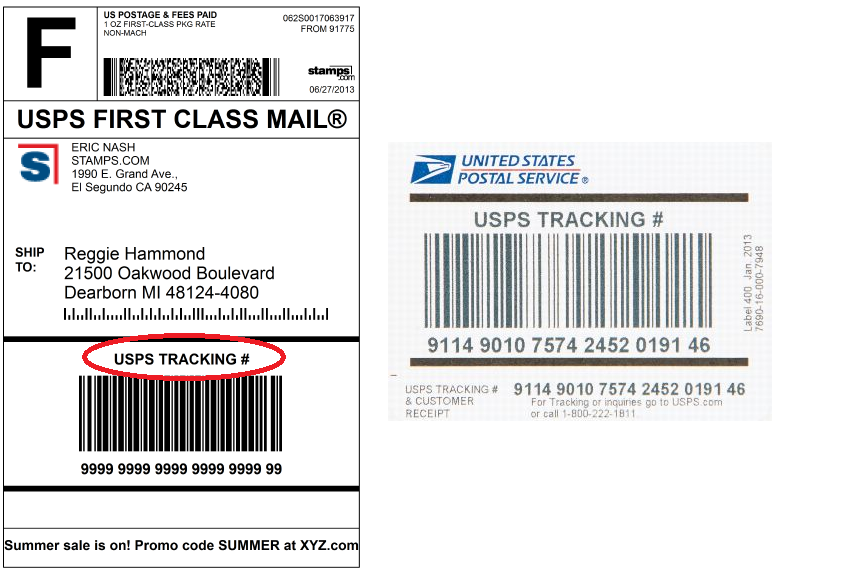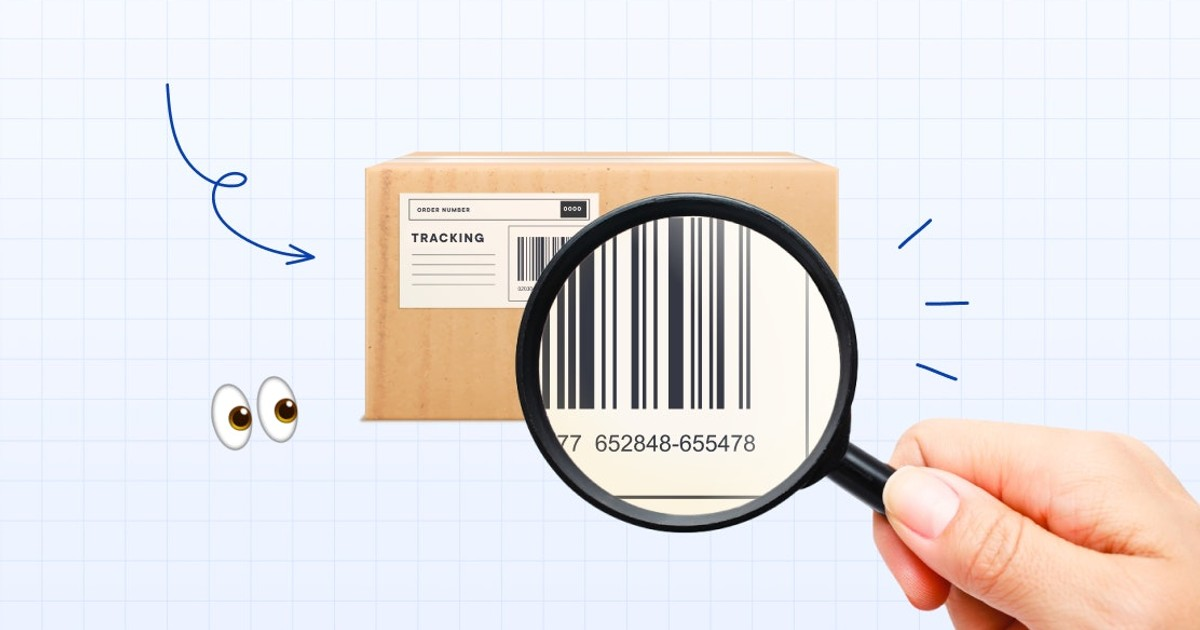Global Tracking Number Formats Explained: How to Decode Any Shipment Code
In logistics and e-commerce, global tracking numbers are essential for keeping track of shipments as they move across different countries and carriers. Understanding how to decode these tracking numbers can save time and reduce confusion. This article will break down global tracking number formats and help you understand how to read them effectively, regardless of the carrier.

Why Is Understanding Global Tracking Number Formats Important?
What Does a Global Tracking Number Mean for a Shipment?
A global tracking number is a unique identifier assigned to a shipment. It provides information about the package’s current status, its transit path, and the estimated delivery time. With the right tracking number, you can monitor your package in real-time and ensure it reaches the right destination.
How Can Decoding a Tracking Number Help You?
- Know the shipment’s status: Track your package’s journey from origin to destination.
- Manage expectations: Get accurate updates on estimated plazos de entrega.
- Ahorrar tiempo: Quickly identify problems with a shipment, such as delays or issues at customs.
When you know how to decode global tracking numbers, tracking parcels becomes a more straightforward process.
The Basics of Global Tracking Number Formats
What Are the Common Formats for Global Tracking Numbers?
Global tracking numbers can vary significantly depending on the carrier and the country of origin. However, there are some common formats to look out for.
- UPS:
- UPS tracking numbers typically consist of 18 characters and may look like 1Z9999W99999999999.
- The format usually combines letters and numbers, where the first two digits indicate the type of service (e.g., “1Z” for UPS ground).

- FedEx:
- DHL tracking numbers typically consist of 10 or 12 digits, like JD0146000066184036.
- The format often starts with the letters “JD” followed by a series of digits.

- USPS:
- En United States Postal Service (USPS) uses tracking numbers like 9400 1000 0000 0000 0000 00 for domestic shipments.
- For international shipments, USPS tracking numbers are often 13 digits long and may start with “L” o “C”.

- China Post:
- China Post uses tracking numbers like RS123456789CN for international shipments.
- These numbers include a two-letter country code at the end to indicate the origin.

These are just a few examples, and it’s important to note that the length and structure of tracking numbers may change over time or across regions.
How to Identify Which Carrier a Tracking Number Belongs To?
When you look at a global tracking number, the first few digits or letters may give you an idea of which carrier is handling the shipment. For example:
- UPS: The format often starts with “1Z”.
- FedEx: Typically consists of 12 digits or starts with “96” for ground shipments.
- DHL: Generally starts with “JD” or has the letters “DHL”.
- USPS: Starts with the letter “C” or “L”.
- China Post: Ends with “CN” for China-based shipments.
Recognizing these patterns can help you quickly determine the carrier and understand the structure of the tracking number.
How Do Global Tracking Numbers Work Across Different Countries?
Can One Global Tracking Number Be Used Worldwide?
In theory, yes. Global tracking numbers are designed to work across borders, but there are exceptions. When a shipment crosses international borders, it may pass through múltiples transportistas or postal systems, which means that the format may change depending on the region. For example, a package shipped from China might have a tracking number that initially belongs to China Post, but when it reaches the United States, the tracking number may be passed to USPS for final delivery.
What Happens to the Tracking Number When It Changes Carriers?
When a package switches carriers, the tracking number might not always remain the same. Some carriers update the tracking number as the shipment moves between logistics partners. It’s important to check the latest updates to get an accurate status for your package.
For instance, if a package shipped by DHL enters the US, it might be handed over to USPS for final delivery, and you will be provided with a new tracking number under USPS’s format. However, the initial carrier will still show in the tracking history.
How to Track Shipments with Global Tracking Numbers
Where to Enter a Tracking Number?

To track your global shipment, you can enter the tracking number on the carrier’s website. However, for a more streamlined experience, we recommend using the PostalParcel platform. PostalParcel allows you to track shipments from multiple carriers in one place, offering real-time updates and a more convenient tracking experience.
You can simply paste your tracking number on PostalParcel’s website and receive updates for various carriers. By using PostalParcel, you avoid the hassle of visiting multiple carrier websites and enjoy a unified tracking experience.w you to track multiple shipments from different carriers in one place, offering a more streamlined experience.
What Information Does a Global Tracking Number Provide?
Once you input the tracking number, you can get the following details:
- Current location: Where the package is currently.
- Delivery status: Whether the package is on time, delayed, or out for delivery.
- Delivery history: Including departure, arrival, and customs clearance events.
- Plazo estimado de entrega: The expected arrival date.
- Exceptions: Any issues such as delays, failed delivery attempts, or customs holds.
How to Decode an International Shipment Tracking Number?
Understanding the Structure of an International Tracking Number
When decoding an international tracking number, the first few digits often indicate the carrier and the type of shipment. Here are some examples:
- 12-digit tracking numbers are commonly used for domestic shipments with carriers like FedEx.
- 13-digit tracking numbers are frequently used for USPS international shipments, with the first two letters identifying the origin country (e.g., L o C for USPS, RS for China Post).
- Alphanumeric formats may indicate specific services, such as DHL o UPS, and contain letters that identify specific service types or regions.
By understanding how tracking numbers are structured, you can better decode and track your international shipments.
What to Do When Your Global Tracking Number Isn’t Working?

Why Doesn’t My Tracking Number Work?
If your tracking number doesn’t return any results, there are several possibilities:
- Retraso en las actualizaciones: Sometimes, updates take time to show up, especially with envíos internacionales or when the parcel is in transit.
- Wrong number: Double-check the number you entered. A typo could lead to no results.
- Carrier system issues: Occasionally, carriers may have system outages, or they might not have updated the tracking information yet.
How to Fix the Issue?
- Wait a day: Sometimes, it takes time for the system to update, especially if the package is moving between international borders.
- Contact the carrier: If the tracking number still isn’t working after a few days, reach out to the carrier’s customer service for assistance.
Conclusion: Mastering Global Tracking Number Formats
Understanding global tracking number formats is essential for managing shipments effectively. By learning how to decode these numbers, you can track packages more accurately, reduce confusion, and manage customer expectations. From identifying the carrier to understanding tracking milestones, knowing how to interpret tracking numbers helps streamline logistics, reduce delays, and improve the customer experience.
With this guide, you’re now equipped to decode any tracking number and stay on top of your shipments.
Perspectivas del sector
noticias vía inbox
Nulla turp dis cursus. Integer liberos euismod pretium faucibua








